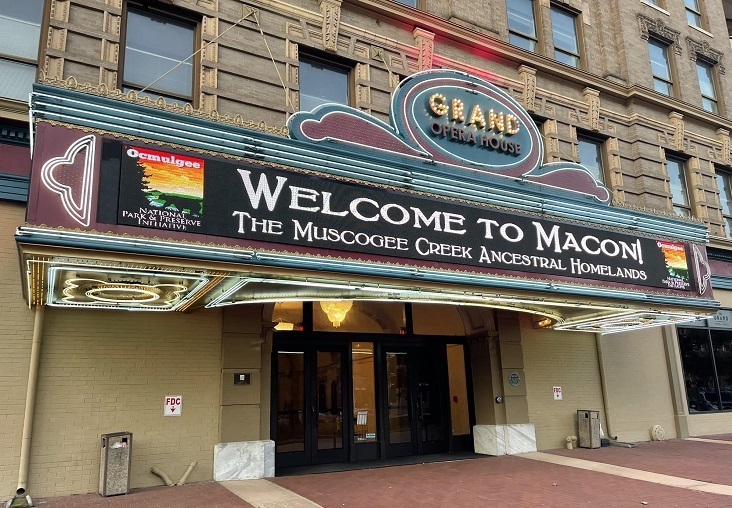Over the last few months, Non-Profit Quarterly has run a series of pieces on the topic of capacity building. In particular, the authors have challenged the notion that current capacity building efforts are healthy for non-profits given that the definitions of capacity building and effectiveness are made externally by funders rather than internally by the non-profit entity.
Particularly because these definitions tend to hew closely to commercial quantitative metrics which aren’t particularly valid when it comes to organizations dealing with homelessness, drug rehabilitation, domestic violence, etc., where low numbers served can mean the organization needs more capacity or that they ARE being very effective in achieving their goal.
Additionally, as Marcus Littles points out in his piece, there are entrenched issues facing Black and Brown lead organizations which impede their growth in ways consultants can’t fix:
…A board development training plus a communications audit does not equal sustainability in seven months. A technology plan combined with an organizational culture audit does not equal organizational resilience in a year. Why? Because on their own, competency building and skill development do not enable Black and Brown leaders and organizations to overcome the structural inequities that make it difficult for them to thrive.
In surveying a group of leaders at Black-led community-based nonprofits, Littles notes a distrust of capacity building programs, not only because of a perception that they “perpetuate white-dominant norms of effectiveness,” but also that they signal a lack of commitment to the success of an organization by funders:
The first: “Capacity building is the consolation prize money that foundations offer when they are willing to pay for us to get advice, but they aren’t willing to resource us to help our people get free.” The second quote resonated with most of the folks we interviewed: “When I think of capacity building, the first thing I think is that capacity is the wrong word.”
Capacity is a tepid word. Once an organization’s capacity is built, what does it become? Capable? Sufficient? Competent? Capacity building is a process without a tangible aspiration. It is an investment with an unambitious return.
These perspectives made me stop to think a bit more about the idea of capacity building. The idea of capacity building as a consolation hasn’t necessarily been true in my experience since I generally have applied for separate monies to support a specific goal rather than having someone say, we won’t fund X, but we would like to offer you funding for capacity building. Though up until recently when funders began to allow funds to be used for operational expenses, it could be difficult to answer questions about how the increased capacity would be sustained in the future if the capacity wasn’t going to directly result in increased earned or unearned revenue or be volunteer supported.
So in that context, I can understand the feeling that capacity building programs can feel a little hollow without an interest and commitment to an organization to provide some sort of support over multiple years if required.



Thanks for what you are doing to bring cultural change to the arts. It is so important to represent everyone.…